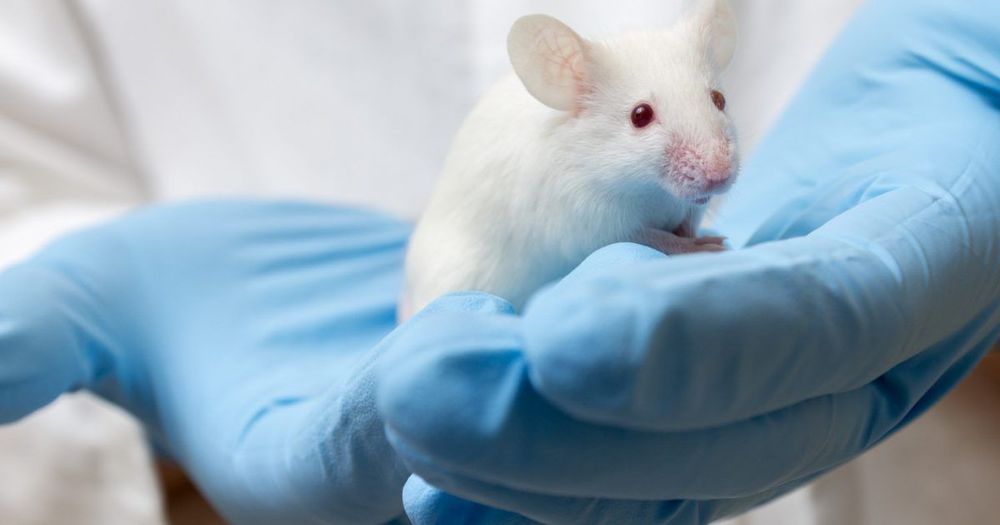Chinese film authorities issued a new document outlining policy measures to boost the country’s production of science fiction movies.
Entitled “Several Opinions on Promoting the Development of Science Fiction Films,” the document highlights how the sci-fi genre fits into the ruling Communist Party’s broader ideological and technological goals. It was released earlier this month by China’s National Film Administration and the China Association for Science and Technology, a professional organization.
The document focuses on domestically developing pro-China science fiction film content and high-tech production capability. It comes in the wake of the country’s first VFX-heavy sci-fi blockbuster hit, “The Wandering Earth,” which remains the third highest grossing film of all time in the territory with a local box office of $691 million.








